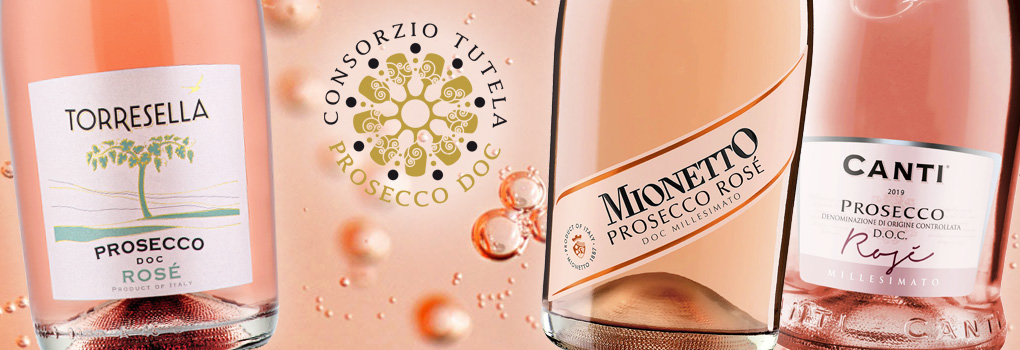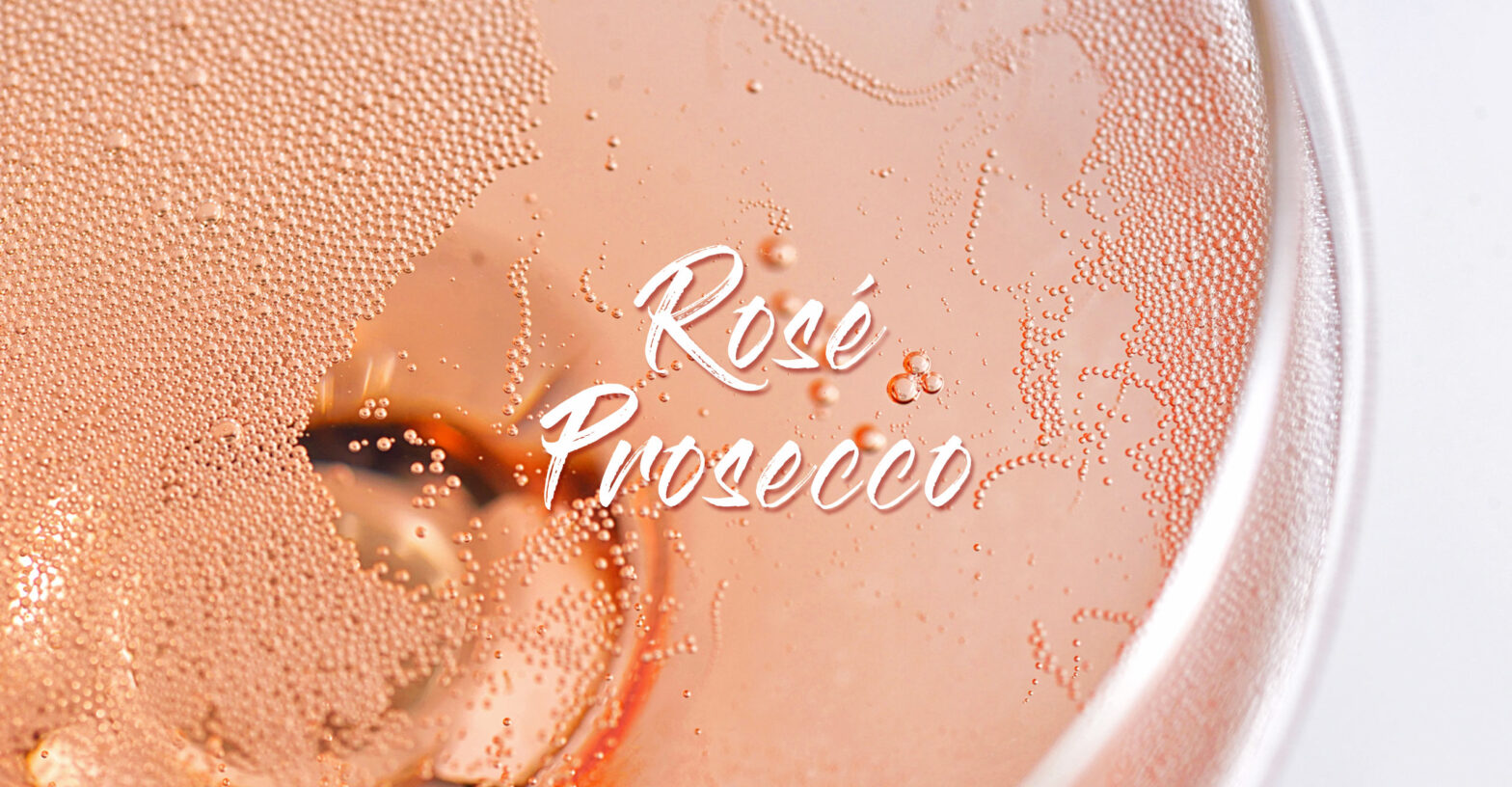How to make Prosecco DOC Rosé:
On the 21st of May 2020 the Italian Government finally approved the production of a Rosé Prosecco and is expected to hit retail shelves and hospitality as early as January 2021. The conversations and accreditation process of Prosecco DOC Rosé has been in the pipeline for some time and has now been approved by Italy’s Ministry of Agriculture, Food & Forestry.
The arrival onto the market of Prosecco DOC Rosé - (made primarily from the white grape Glera & coloured by Pinot Noir) - comes at an ideal time for the Prosecco DOC Consortium as sales of Prosecco have dipped in recent months due to the worldwide COVID-19 pandemic. This is also combined with a cap on production for 2020 at 15 tonnes/ha for Prosecco DOC and 12 tonnes/ha for Prosecco Superiore DOCG wines.
The strict conditions in order to label a Prosecco DOC Rosé, producers are required to follow strict set rules. With only 2 permitted grape varietals - Glera being the principal grape and 10-15% Pinot Nero / Noir allowed. Vineyards have maximum yields set at 18 tonnes/ha for Glera and 13.5 tonnes/ha for Pinot Noir, and the DOC rosé sparkling wine can only be produced in the following styles: Brut Nature (0 - 3g/L), Extra Brut (0 - 6g/L), Brut (6 - 12g/L) & Extra Dry (12 - 17g/L).
The wine must be made using the Martinotti / Italiano Method *(Tank fermentation, taking its name from Federico Martinotti - who in 1895 was in charge of the Royal Oenological Station in Asti - Italy, and who invented a steel pressurized and refrigerated vessel, now known as an ‘autoclave’ that is used to make Italiano Method sparkling wines).
After a separate first fermentation stage - and after the parcels of Glera and Pinot Noir have been blended. The production of bubbles must be twice as long as is currently required for Prosecco DOC - a Prosecco DOC Rosé must spend a minimum of 60 days undergoing secondary fermentation in a pressurised tank. *(Other sparkling rosé wines do not have this requirement, and sometimes only need to be fermented for as little as one week). It is allowed to be released from the 1st of January following the harvest and must be a vintage wine with the ‘Millesimato’ stated on the label.
Crafting a Prosecco DOC Rosé - producers must follow specific rules:
• 2 Grape Varietals: A minimum 85% Glera & 10 - 15% Pinot Nero / Noir.
• Yields: 18 tons/hectare for Glera and 13.5 tons/hectare for Pinot Noir.
• Second Fermentation - Martinotti / Italiano Tank Method: A minimum of 60 days. *(only the DOC sparkling version is permitted. Still and Frizzante versions of the Rosé will not be allowed)
• Available for release from the 1st of January after the harvest vintage.
• Colour: pink/ rosé more or less intense, shining clear quality and with a persistent foam.
• Level of Sweetness: Produced in the range: Brut Nature to Extra Dry = (0 - 17g/L) - no sweeter styles of Rosé will be allowed.
• Prosecco DOC Rosé must have a minimum alcoholic of 11% Alc./vol. & pressure higher than 3 bars.
• The label MUST state the word ‘Millesimato’ and the Vintage - *(As with international labeling wine laws - a minimum of 85% of the grapes from the year stated)

In Treviso on the 28th October 2020 hearings were held by the DOC for the approval of the Prosecco DOC Rosé classifications - which were successfully concluded.
After harvest that year there was thought to be between 40-50 million bottles of the 2020 vintage of Prosecco DOC Rosé in production and set to be released from 1st January 2021. In 2022 the DOC stated that approximately 627 million bottles of Prosecco were sold in 2021, and 71 million of which were the Rosé style. It is estimated that approximately 75 million bottles of the 2020 Prosecco DOC Rosé were produced, with approximately 15% distributed in Italy.
The Prosecco DOC Consortium is already looking towards future controlled growth. This year ongoing research is aimed to define the types of wine for extended secondary fermentation will start for producers in the Trieste area. The territory has more than 24,000 hectares of vineyards, 11,460 winegrowers, 1169 wineries and 347 sparkling wine estates, all part of the complex system behind the success of the Prosecco Denomination of Origin (DOC), which has become a flagship of the Italian wine industry.
